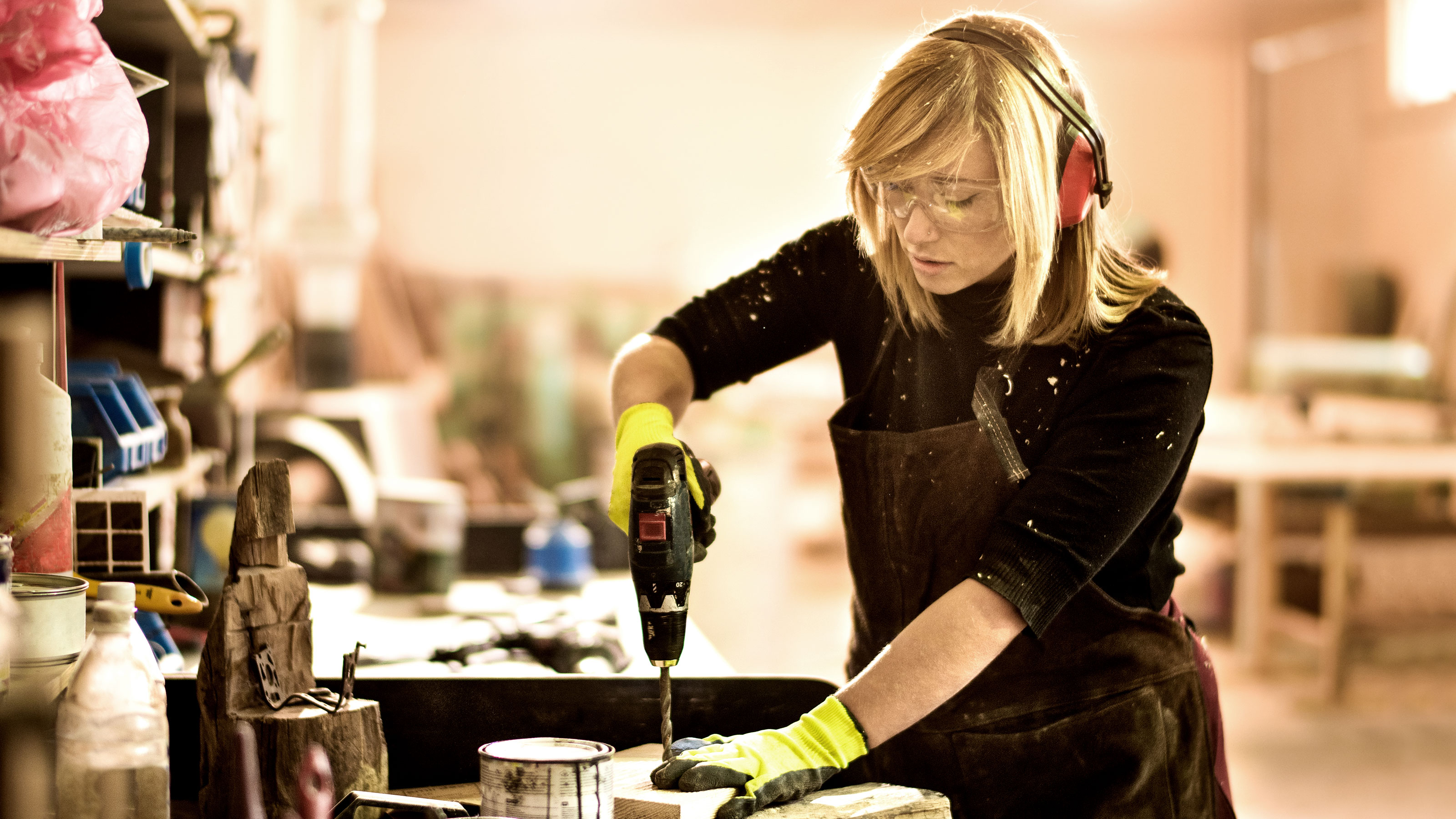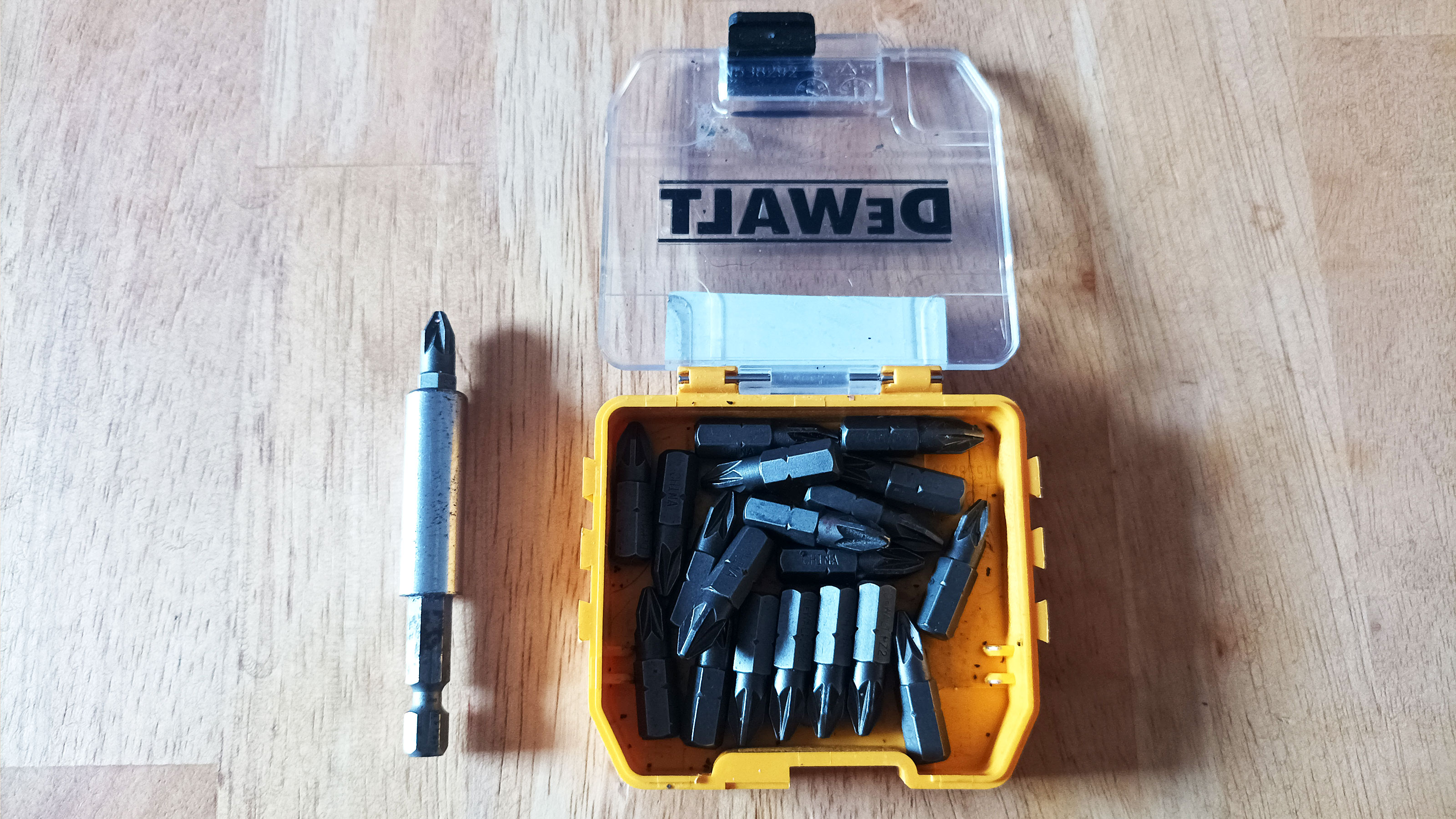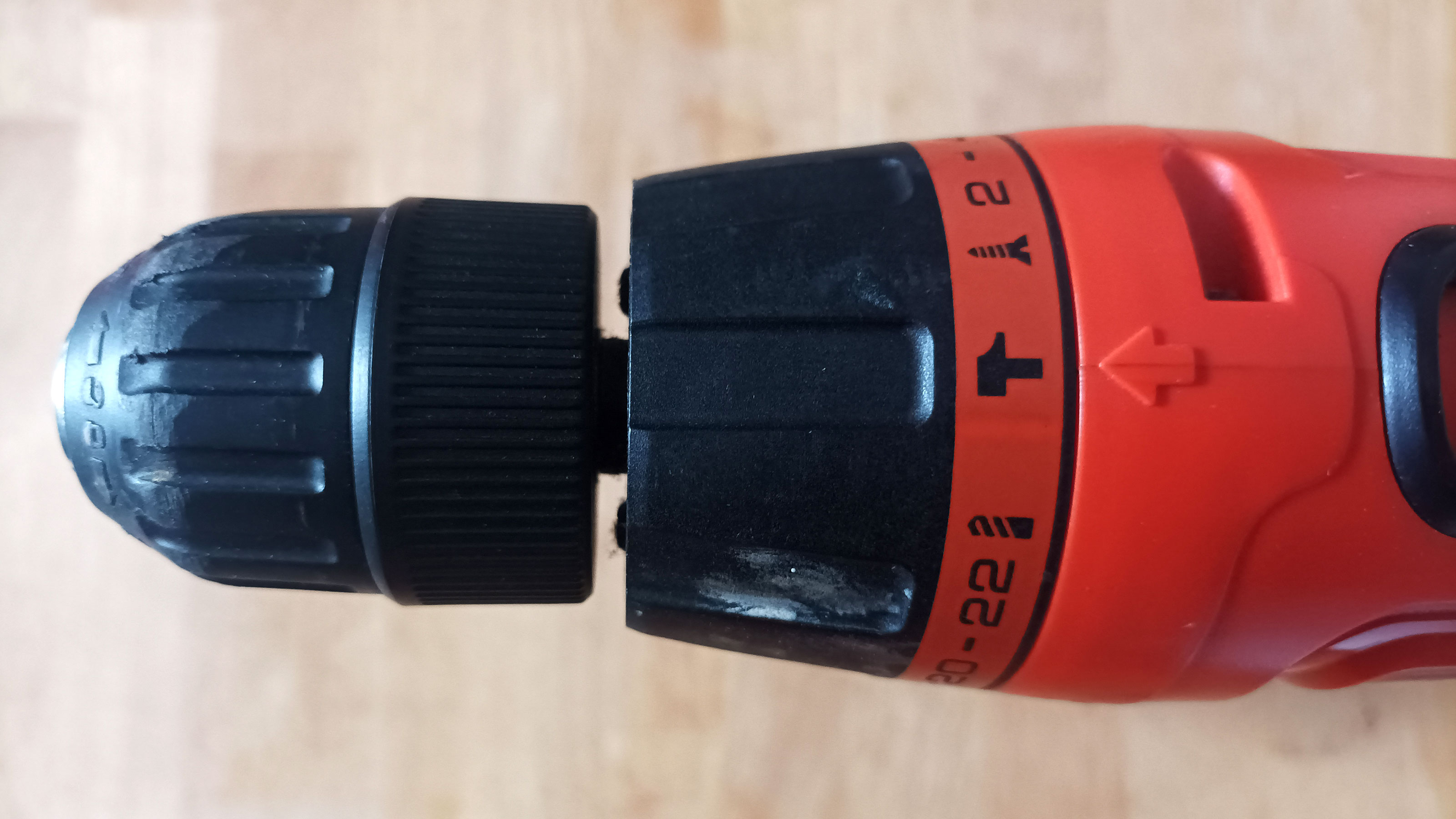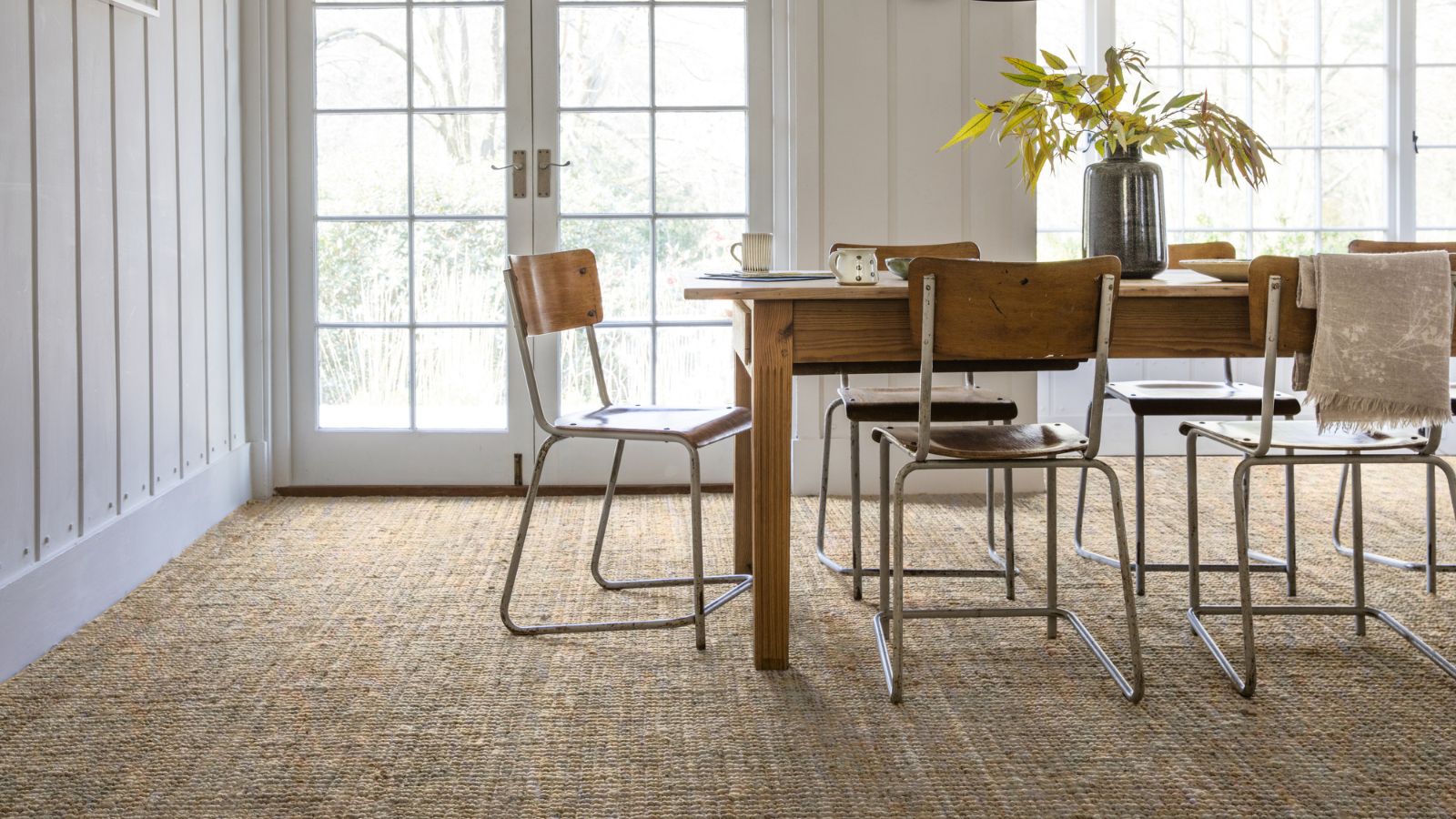What is a combi drill? A must-have for DIYers and renovators
What is a combi drill? Ever wondered how it differs from other types of drills? Get the lowdown on what they are, what they do and what they're used for

You know what a drill is but what is a combi drill? What features does it have that other drills don’t? What DIY tasks can you tackle with it? In a nutshell a combi drill is a power tool that is capable of more than just your standard drilling.
The best cordless drills are multi-talented tools and will help you take on small home improvement jobs and renovation projects. Putting up shelves, installing worktops, and fixing plasterboard are just a few of the jobs a combi drill can bring to the table.
Here we take a closer look at what a combi drill can do, how they differ from impact drivers and how much you should spend on one.
What is a combi drill?
The name combi drill comes from the fact that the drill can do a combination of tasks rather than a single task. A combi drill can typically drill holes and drive in screws into materials such as wood and metal. They often have a hammer function to tackle masonry and concrete.
Combi drills commonly come with a keyless chuck which is tightened and loosened by hand for quick changes of drill or screwdriver bits. But some models use a keyed chuck which allows you to apply more torque for a tighter fit if needed.
What can I use a combi drill for?
A combi drill is the jack of all trades drill, they can drill holes in wood, metal and masonry and drive in – and take out – screws. Its flexibility means that it can be used for a wider range of DIY and renovation projects including putting up shelves, building or assembling furniture, putting up plasterboard, screwing in skirting and fixing fencing to name a few.
Can I use a combi drill as a screwdriver?
Being used as a screwdriver is a standard remit of a combi drill. But you will need the right bits for whatever screws you are using and typically a magnetic bit holder. Commonly a bit holder will be hex in shape, fit 25mm (1/4-inch) screwdriver bits and be magnetic to ensure bits are secure and don't drop out.
You can place a screwdriver bit directly into a chuck, but it is common practice to use a bit holder like the Saxton Impact Magnetic Bit Holder from Amazon. This makes it easier to use the screwdriver bit and the added length means you can access areas you can’t with just the screwdriver bit. Get yourself a set of matching bits like the DeWalt PZ2 Screwdriver bits from B&Q as the bit will wear over time and stop working effectively.

Can I use a combi drill as a hammer drill?
If your combi drill has a hammer option, which almost all of them do, you can use your combi drill as a hammer drill too. Commonly a combi drill will have a moveable ring which allows you to move round to the hammer symbol. This will create a pounding action which removes more material making it ideal for masonry and concrete.
There are a lot of different types of drill bit, so you need to make sure that you have the right one before you start drilling. If you try using a wood drill bit on masonry it will simply blunt it and ruin it.

How much does a combi drill cost and should I invest in one?
A combi drill is a versatile power tool and every DIYer and home renovator should have one. If you don't already own a combi drill or yours is on its way out you should definitely invest in a decent combi drill.
How much you spend depends on what you intend to use it for. If it's for weekend or occasional DIY jobs then £50- £100 will get a decent model like the Black + Decker Cordless Hammer Drill from Argos. If it is going to be used more regularly or on heavy duty jobs, expect to pay £100-£150 on a model like the DEWALT XR Brushless Compact Combi Drill from Amazon.
Bring your dream home to life with expert advice, how to guides and design inspiration. Sign up for our newsletter and get two free tickets to a Homebuilding & Renovating Show near you.
What should I look out for when investing in a combi drill?
Cordless is almost a must. Corded models are still available but these are typically budget or cheaper models which have cheaper quality components like brushed motors. Look for a brushless motor as these last longer.
Battery life is important and obviously the longer the better. Rechargeable batteries are rated by voltage and Ah. Most batteries are 18V or 20V, but you can get 36V or 40V batteries which typically offer more power. The higher the Ah i.e 3.0Ah is better than 2.0Ah, the longer the battery will last before it needs recharging. Make sure it comes with a charger and check that you can get replacement batteries.
Elsewhere, make sure that the drill has a hammer function and check its max torque, higher is typically better, but around 60Nm is good for most uses. Also, look for a low battery indicator (very useful), electronic brake and a work light to light up the space in front of the drill.
What is the difference between a combi drill and an impact driver?
What is an impact driver? It is typically smaller and more compact than a combi drill and uses a different chuck to a drill, typically a 1/4″ quick-lock hex chuck to fit bits. They deliver more torque – around two to three times that of a drill – when needed, i.e when they hit more resistance.
This makes them ideal for jobs where a lot of screws are needed, driving in large diameter screws or bolts and tightening and loosening bolts – especially where they have become stuck.
When should you not use a combi drill?
A combi drill is suited to most DIY jobs, alongside its drill driving capabilities it can be used to drill holes into masonry with the hammer function and drive in screws with a screwdriver bit.
However, if you are only using a drill for light work like drilling into wood, get a drill driver. If you need to do a lot of work that needs more torque like when looking at how to build a raised deck, screw down wooden flooring, tighten nuts and bolts on metal frames then get an impact driver.
Steve Jenkins is a freelance content creator with over two decades of experience working in digital and print and was previously the DIY content editor for Homebuilding & Renovating.
He is a keen DIYer with over 20 years of experience in transforming and renovating the many homes he has lived in. He specialises in painting and decorating, but has a wide range of skills gleaned from working in the building trade for around 10 years and spending time at night school learning how to plaster and plumb.
He has fitted kitchens, tiled bathrooms and kitchens, laid many floors, built partition walls, plastered walls, plumbed in bathrooms, worked on loft conversions and much more. And when he's not sure how to tackle a DIY project he has a wide network of friends – including plumbers, gas engineers, tilers, carpenters, painters and decorators, electricians and builders – in the trade to call upon.


